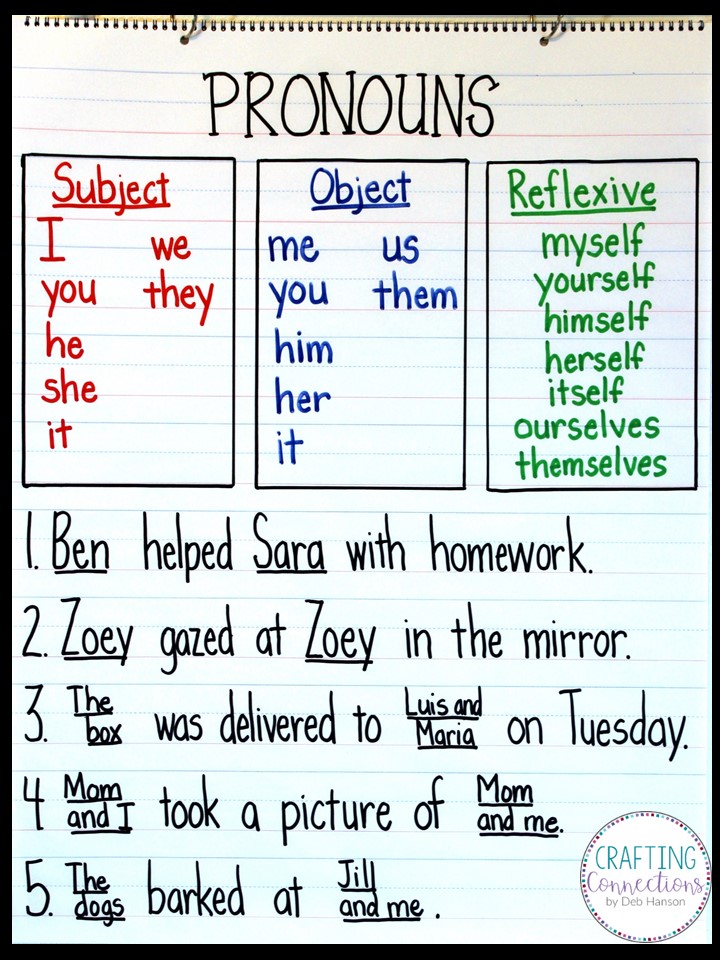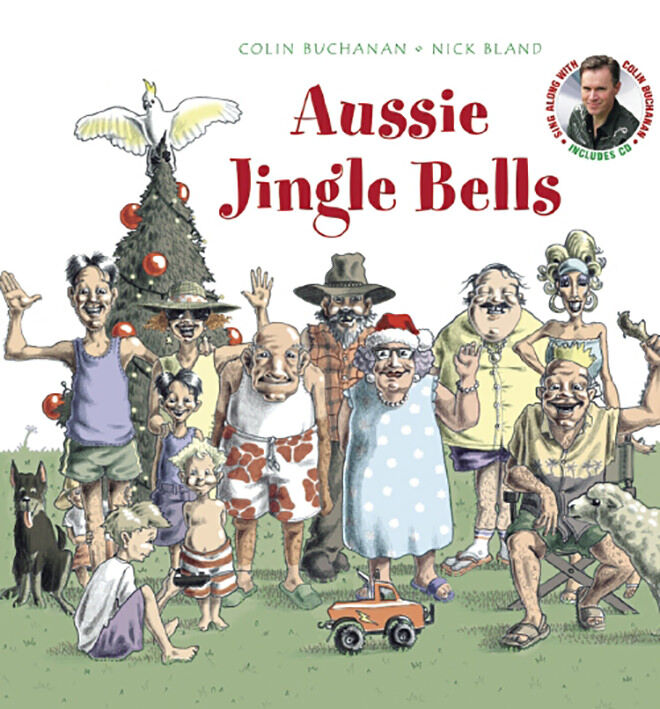Anchor chart pronouns pronoun grammar charts teaching kinds different classroom
Table of Contents
Table of Contents
A pronoun anchor chart is an essential tool that every English language learner needs in their arsenal. Pronouns can be confusing, but having a visual aid like an anchor chart can make a world of difference in understanding them. Whether you’re a teacher looking for new ways to teach pronouns or a student struggling to grasp the concept, a pronoun anchor chart can be the key to unlocking a better understanding of the English language.
Pain Points of Pronoun Anchor Chart
For many English language learners, pronouns can be a frustrating and confusing topic. It can be challenging to remember all the different types of pronouns, including personal, possessive, demonstrative, relative, and interrogative pronouns. Additionally, knowing when to use each type of pronoun correctly can be equally challenging.
What is the Target of Pronoun Anchor Chart?
The primary target of a pronoun anchor chart is to provide learners with visual aids that help them understand the concept of pronouns better. These charts typically include definitions, examples, and rules for using different types of pronouns. With the help of an anchor chart, learners can quickly and easily reference important information about pronouns.
Summary of Pronoun Anchor Chart and Related keywords
The use of a pronoun anchor chart is an effective way to help English language learners better understand the concept of pronouns. With the help of visual aids like charts or posters, learners can easily reference key information about different types of pronouns. This can be particularly helpful for learners who struggle with memorizing rules and definitions related to pronouns. Additionally, an anchor chart can help learners identify patterns in the use of pronouns, leading to a better comprehension of the English language as a whole.
Personal Experience with Pronoun Anchor Chart
When I first started learning English, pronouns were one of the most challenging topics for me. I struggled to understand when to use personal pronouns versus possessive pronouns, and I constantly confused the different types of relative pronouns. However, when my teacher introduced an anchor chart to the class, everything started to make more sense. Having a visual aid helped me to understand the different types of pronouns and how to use them correctly. With the help of an anchor chart, I was able to improve my grammar skills and become a more confident English speaker.
How to Create a Pronoun Anchor Chart
If you’re interested in creating a pronoun anchor chart for your classroom or personal study, it’s relatively easy to do. Start by selecting a poster board or chart paper that you can use as the base. Then, gather information about different types of pronouns and their uses. You can create illustrations, write rules, or include examples on the chart. To make it easier to read, use different colors, fonts, and/or shapes to organize the information. Finally, display the chart in a prominent place where learners can easily reference it when needed.
Tips for Using a Pronoun Anchor Chart
If you’re using a pronoun anchor chart as a teaching tool, here are a few tips to help maximize its effectiveness:
- Make sure the chart is visible and accessible.
- Review the chart regularly with your students.
- Have students practice using different types of pronouns.
- Encourage students to refer to the chart when writing or speaking in English.
Common Mistakes When Using a Pronoun Anchor Chart
While a pronoun anchor chart can be an incredibly helpful tool, there are a few common mistakes to avoid when using one. Here are some of the most common pitfalls:
- Not reviewing the chart regularly
- Expecting students to memorize everything on the chart
- Not providing enough practice opportunities for students to use pronouns
- Using the chart as a crutch instead of a teaching tool
Question and Answer:
Q. What are the most common types of pronouns?
A. The most common types of pronouns are personal, possessive, demonstrative, and relative pronouns.
Q. What is the difference between “who” and “whom”?
A. “Who” is a subject pronoun, while “whom” is an object pronoun. Use “who” when referring to the subject of a sentence and “whom” when referring to the object of a sentence.
Q. How do you know which possessive pronoun to use?
A. Use “my” for singular first person possessive pronoun, “your” for singular second person possessive pronoun, “his,” “her,” or “its” for singular third person possessive pronouns, and “our,” “your,” or “their” for plural possessive pronouns.
Q. What are relative pronouns?
A. Relative pronouns are pronouns that connect a clause or phrase to a noun or pronoun. Common relative pronouns include “who,” “whom,” “whose,” “which,” and “that.”
Conclusion of Pronoun Anchor Chart
If you’re struggling with the concept of pronouns, a pronoun anchor chart can be an incredibly helpful tool. By providing visual aids and organizing information in an easy-to-understand format, these charts can make a world of difference for English language learners. By using an anchor chart in your classroom or personal study, you can become a more confident English speaker and writer.
Gallery
Pronoun Chart – Use As The Basis For An Anchor Chart. We Then Had

Photo Credit by: bing.com /
Pronouns Anchor Chart And Activities | Crafting Connections

Photo Credit by: bing.com / pronouns pronoun nouns relative reflexive
91 Best Images About Different Kinds Of Pronouns On Pinterest

Photo Credit by: bing.com / anchor chart pronouns pronoun grammar charts teaching kinds different classroom
Relative Pronouns • Teacher Thrive

Photo Credit by: bing.com / pronouns chart pronoun
Seriously! 12+ Reasons For What Is Pronoun Noun?? We Often Use Them To

Photo Credit by: bing.com / pronouns singular plural nouns pronoun grammar noun possessive seriously engelsk refer repeating proper





